Uncategorized
-
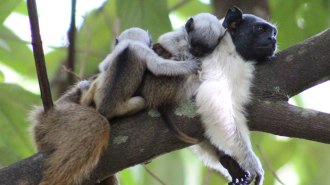 Animals
AnimalsIn noisy environs, pied tamarins are using smell more often to communicate
Groups of the primate, native to Brazil, complement vocalizations with scent-marking behavior to alert other tamarins to dangers in their urban home.
-
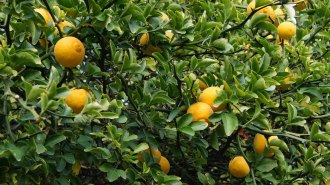 Plants
PlantsThe first citrus fruits may have come from southern China
An in-depth look at the orange family tree shows the oldest Citrus ancestors arrived in Asia on the Indian tectonic plate over 25 million years ago.
-
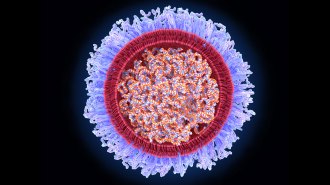 Health & Medicine
Health & MedicineEarly mRNA research that led to COVID-19 vaccines wins 2023 medicine Nobel Prize
Biochemists Katalin Karikó and Drew Weissman devised mRNA modifications to make vaccines that trigger good immune responses instead of harmful ones.
-
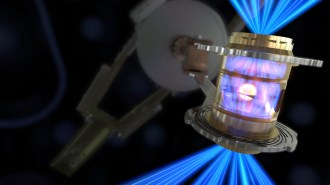 Physics
Physics50 years ago, scientists dreamed of lasers that could kick off nuclear fusion
In the 1970s, lasers that could initiate nuclear fusion were a distant dream. Now, scientists are using such lasers to achieve fusion “ignition.”
-

The challenges of seeing the profusion of tiny life
Editor in chief Nancy Shute marvels at the diversity of tiny life-forms known as protists.
By Nancy Shute -

-
 Science & Society
Science & SocietyCurbing pedestrian stops might not reduce police-civilian encounters
In Chicago, traffic stops soared as pedestrian stops fell. Single policy changes therefore don’t tell the whole policing story, researchers say.
By Sujata Gupta -
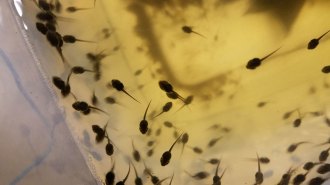 Animals
AnimalsThe right bacterial mix could help frogs take the heat
Wood frog tadpoles that receive a transplant of green frog bacteria can swim in warm waters, revealing another role for microbiomes: heat tolerance.
-
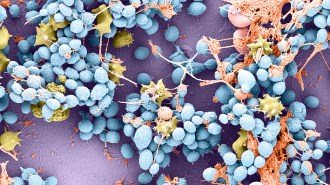 Health & Medicine
Health & MedicineHow a deadly fungus is so good at sticking to skin and other surfaces
One of Candida auris’ scary superpowers is its stick-to-itiveness. Unlike other fungi, the pathogen uses electrical charges to glom onto things.
-
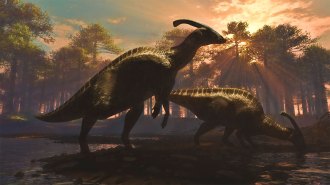 Paleontology
PaleontologyNew computer analysis hints volcanism killed the dinosaurs, not an asteroid
Scientists take a creative approach to investigating what caused the mass extinction 66 million years ago, but the debate is far from settled.
-
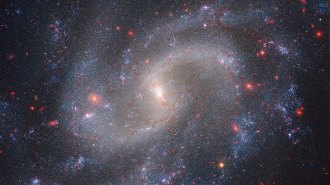 Cosmology
CosmologyNew JWST images suggest our understanding of the cosmos is flawed
JWST data don’t resolve a disagreement over how fast the universe is expanding, suggesting we might need strange new physics to fix the tension.
-
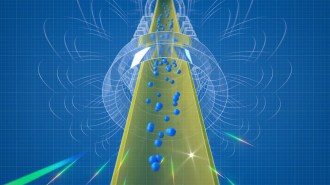
Antimatter falls like matter, upholding Einstein’s theory of gravity
In a first, scientists dropped antihydrogen atoms and measured how they fell.